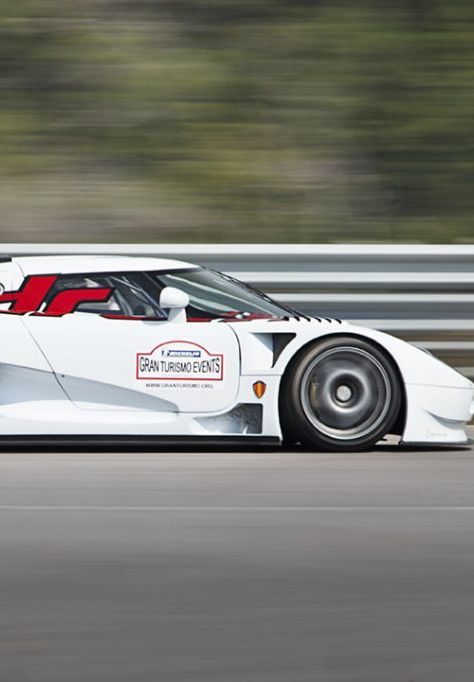
Overview
The CCGT came about as side project for Christian and the engineers at Koenigsegg. When Christian started to build and design the first CC prototype, racing was always part of the larger picture. This is why Christian studied the ACO Le Mans regulations and made sure that his car met the requirements for one for the most interesting racing categories at the time – the GT1 Class.

A ONE-OFF
RACING PROJECT
Groundbreaking
Racing
Potential







According to the ACO Le Mans regulations of the day, a competing car was not allowed to be wider than 2 meters, and the cockpit had to cover at least 70% of the width of the car. Christian designed the CCGT to these exact measurements so that it would be a perfect basis for a GT1 car.
The CCGT was a side project that was worked on during engineering and production downtime, so the first prototype took several years to finish. It was based on a Koenigsegg CCR but with some CCX parts incorporated, most notably the front lamps.
The result was staggering. The car was super stiff, weighed under 1000 kg (without ballast, required to meet the category's 1,100kg minimum weight) and had over 600kg of downforce. The naturally aspirated 5.0l V8 engine produced 600hp, the category maximum. The few people that have driven the CCGT state it handles like a dream and that it would have been very competitive.
Why did the CCGT never go racing? Two months after Koenigsegg started shake-down runs of the CCGT, the ACO and FIA changed the regulations for the GT1 class. Carbon monocoques were no longer allowed, and minimum production numbers went from a total of 20 cars over several years to 350 cars per year. Those new rules meant a premature end for the Koenigsegg CCGT.
CCGT
SPECIFICATIONS
1100 KG Dry weight
100 L Fuel capacity
0.297 Cd